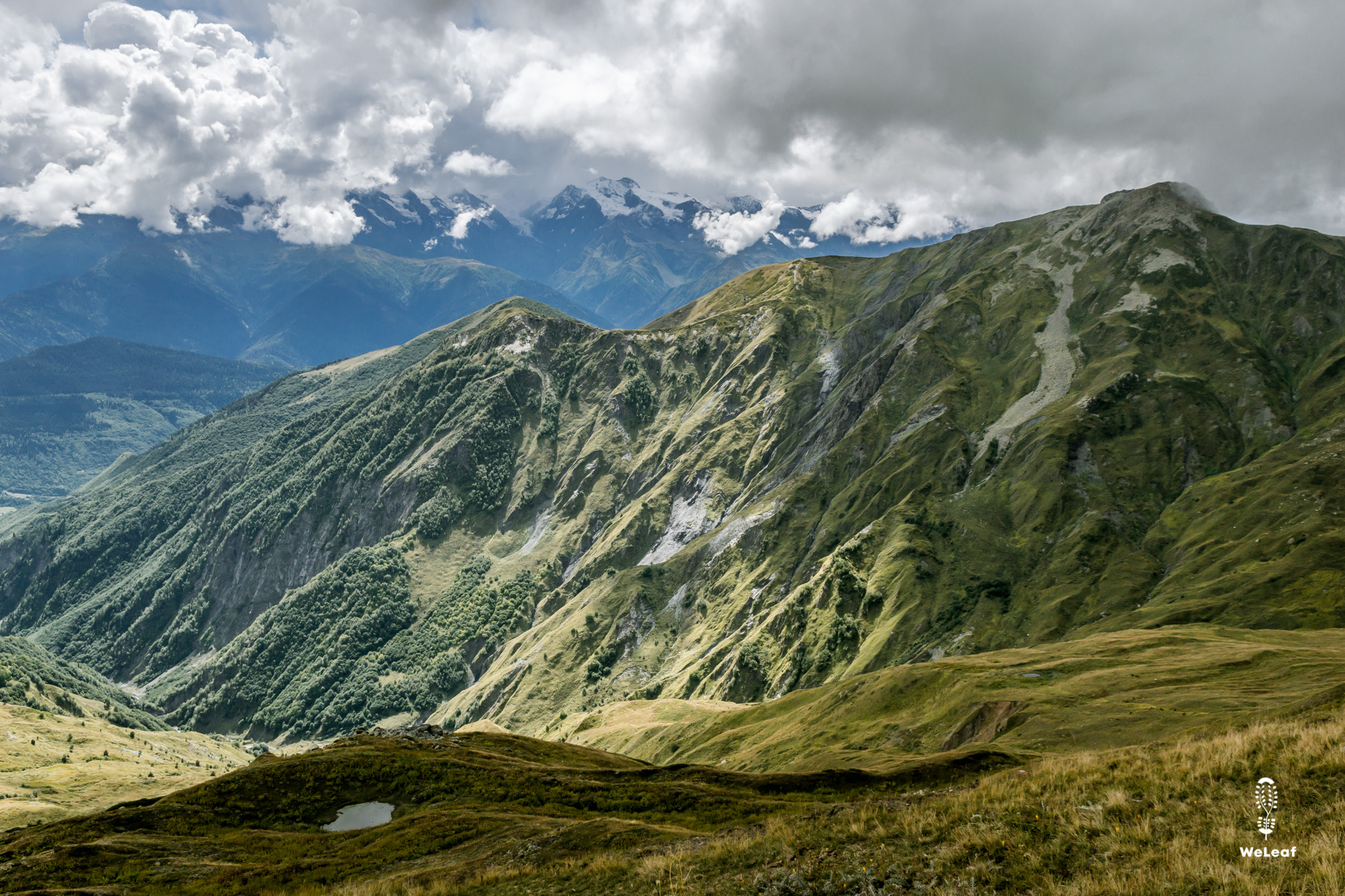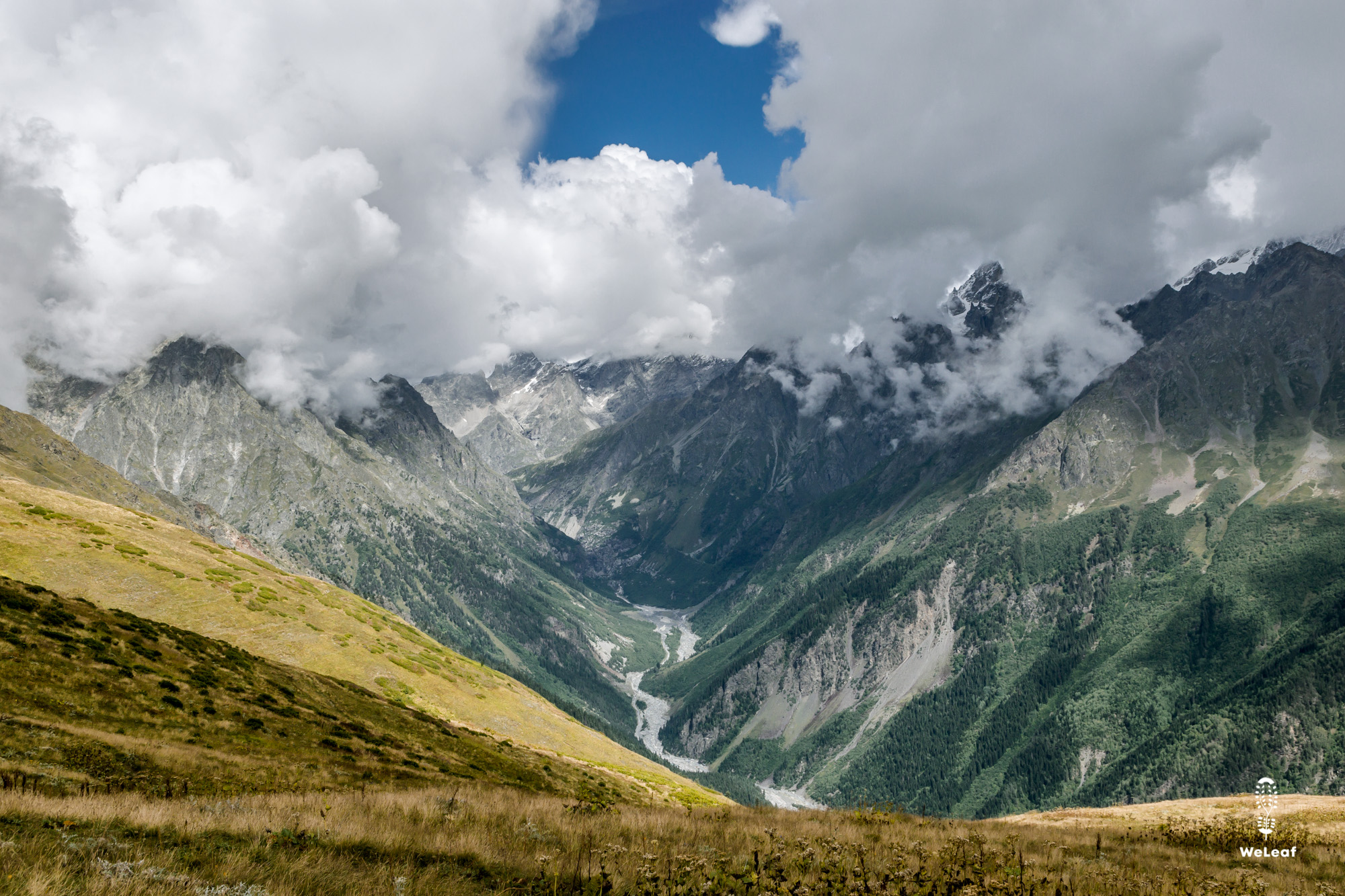
Dodging cows

09-08-2025
October 12, 2025
Two horses
October 14, 2025
Sunday 7th of September - Istanbul airport
“Ludvendica,” or something like that, echoes endlessly through the loudspeakers at Istanbul Airport.
Only now do we realize how peaceful airports like Schiphol or Oslo actually are. The noise, the movement, the chaos around us — we’re not used to this anymore, especially not after our quiet life up on the mountain in Norway. It’s been a long time since we last traveled outside Europe. Too long.
While Zoë enjoys a movie on the iPad, Olivier tries to read a book. Impossible to focus with so much going on. So many cultures are passing by — people we hardly ever see in Lillehammer. A Westerner stands out here, immediately catching attention. People walk by talking loudly on their phones. If they have a question, they just shout it out loud, expecting someone to answer. Quite the contrast to Norway’s quiet “find-it-yourself” culture.
The cleaner drags her trash bag behind her, scraping it across the floor. The only power socket in sight is half hanging out of the wall, wires exposed — yet it’s permanently in use. Just when Olivier finally finds some focus, someone almost sits on his lap. Right, we’re back on the road again.
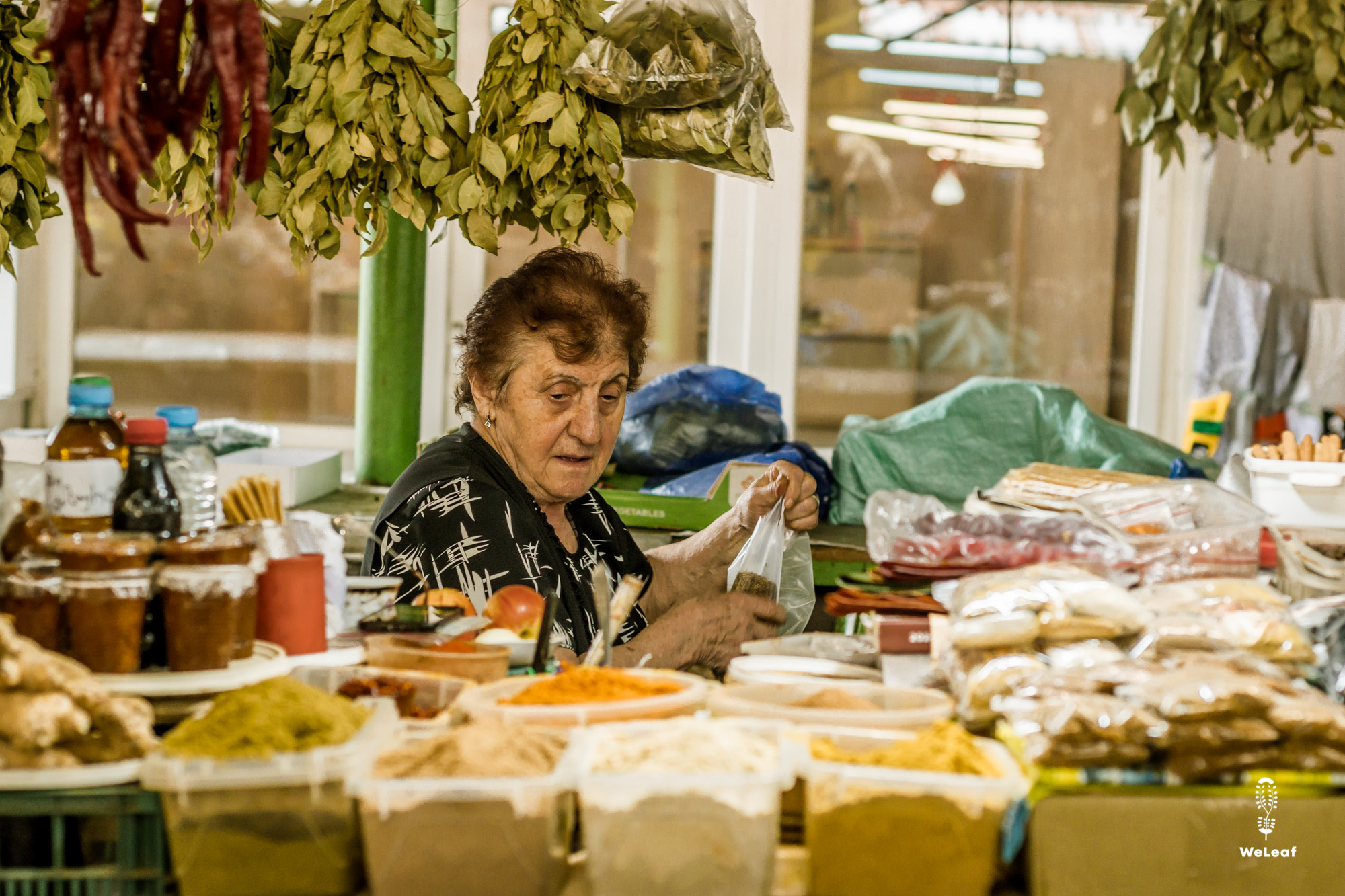
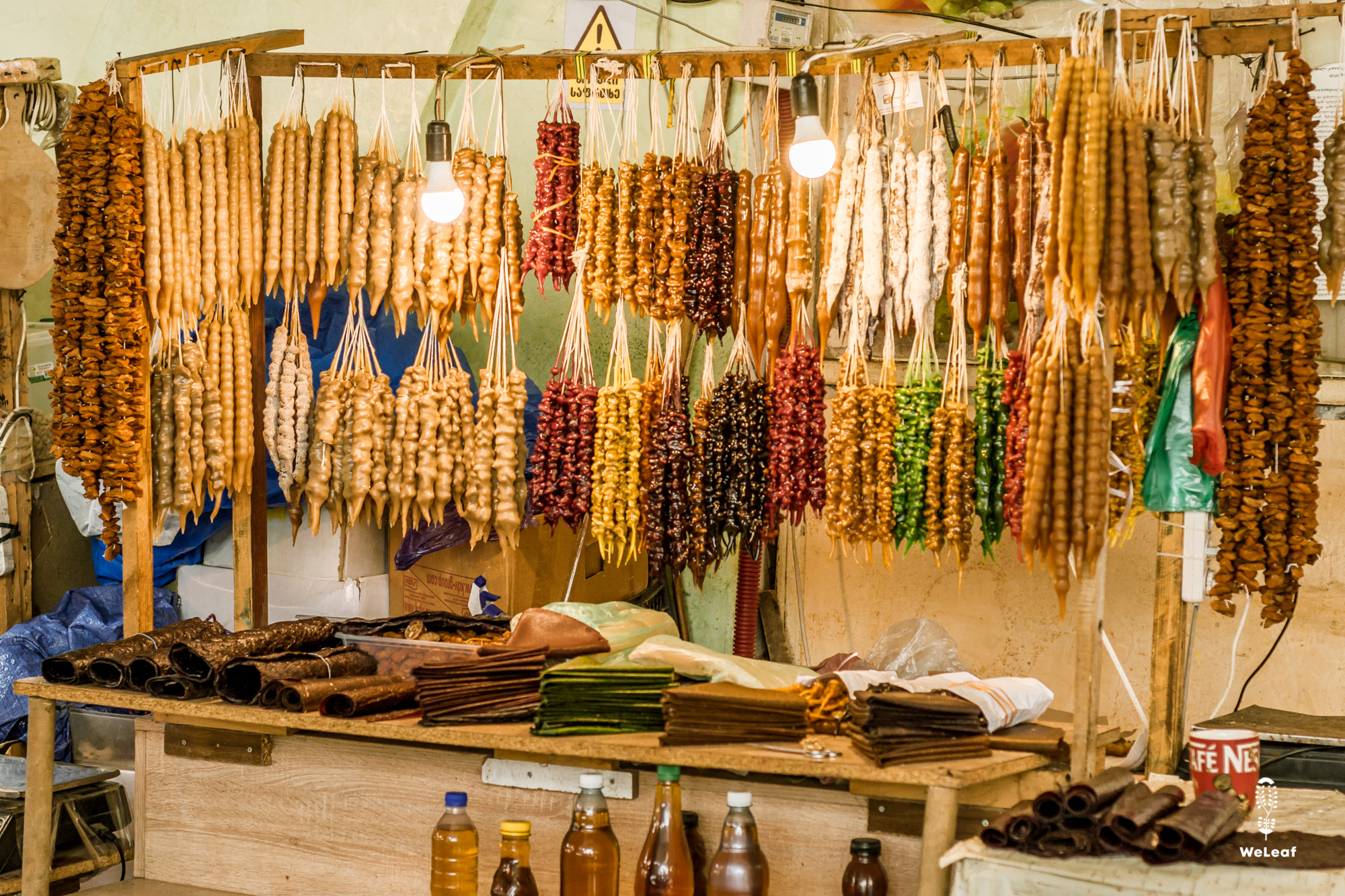
Marshrutka
At 3 a.m. we land in Tbilisi. The bus to the city doesn’t start running until 7, so we find a bench in the departure hall and try to sleep with one eye open. With sleepy eyes we catch the first bus into town. Our plan is to continue straight to Kutaisi and from there to Svaneti, the mountain region in the north of the Caucasus. We haven’t prepared anything yet and know almost nothing about Georgia. On the plane, we skimmed the Lonely Planet, but honestly, it didn’t help much. Our idea — to travel with horses — is a bit more extreme than their “off the beaten track” section. We’ll spend a day in Kutaisi gathering information, making a plan, and buying maps.
The city bus drops us at the train station. Two women on the bus are also going to Kutaisi and help us find the right minibus. The Lonely Planet describes these minibuses as “death-defying rides filled with near-heart attacks.” It’s the cheapest transport, and locals use it too. Surely, it can’t be worse than the buses in Africa or South America.
We quickly learn Georgia’s traffic “rules,” or rather the absence of them. We’re on a wide two-lane highway. Overloaded trucks crawl uphill at 5 km/h while our driver speeds past at 140, phone in hand, chatting away to who knows who. Speed limit signs seem more like gentle suggestions. We pass roadworks and broken-down trucks with no warning triangles or signs — and absolutely no one slows down. Road workers sit casually eating lunch on the guardrail. It’s clearly a high-risk job, but they seem unbothered. Seatbelts don’t exist here, except for the driver’s belt hanging loosely over his shoulder in case there’s a police check.
Every now and then, the driver stops abruptly on the shoulder to drop off or pick up a passenger. When the highway ends, it changes nothing about our speed. Overtaking happens whenever possible — preferably right before a blind corner, even with an oncoming car. Somehow three cars always manage to fit. We just close our eyes and hold our breath. We see no crashes or wrecks, so apparently this works fine. We even arrive an hour early — alive.
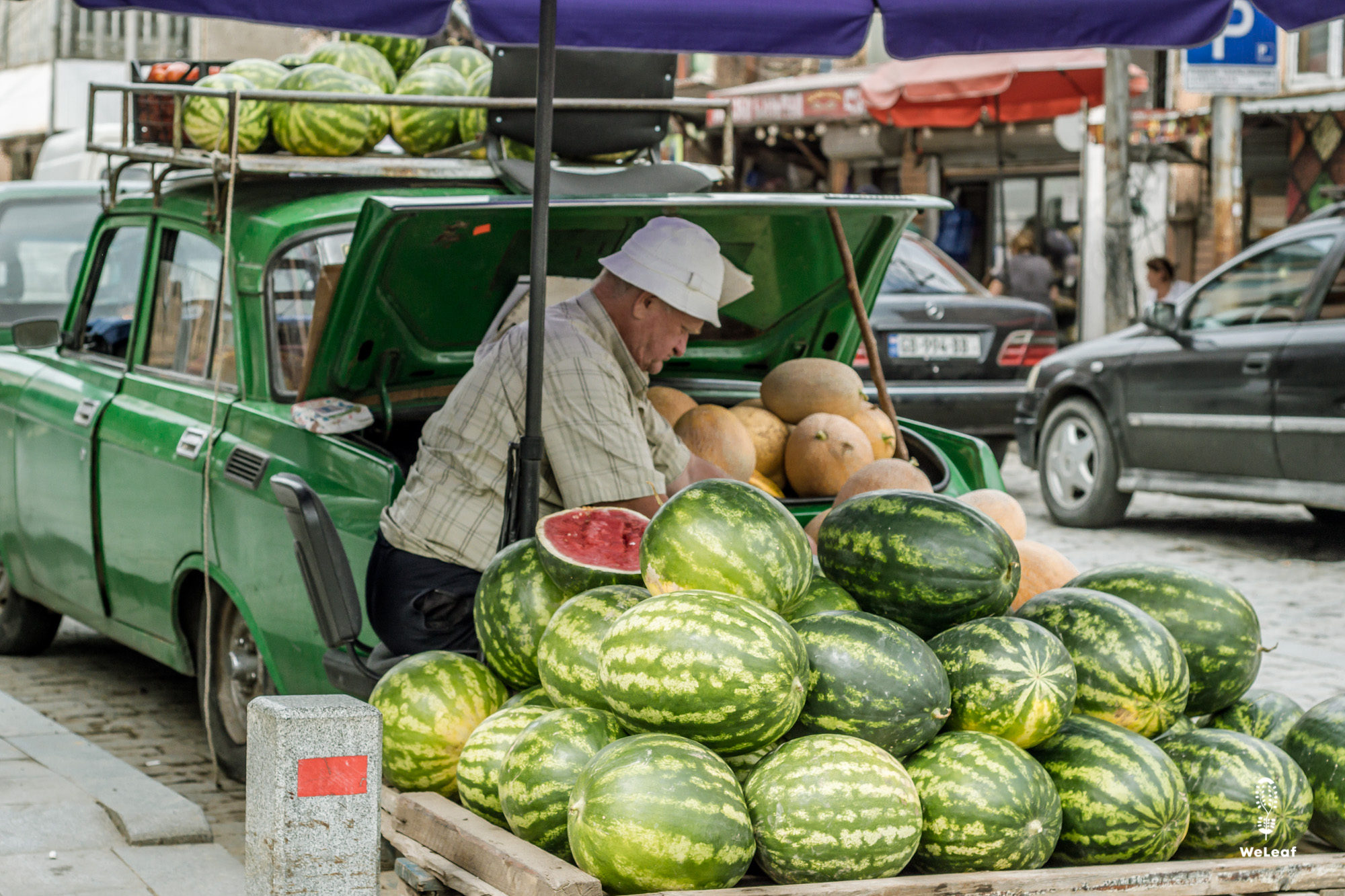
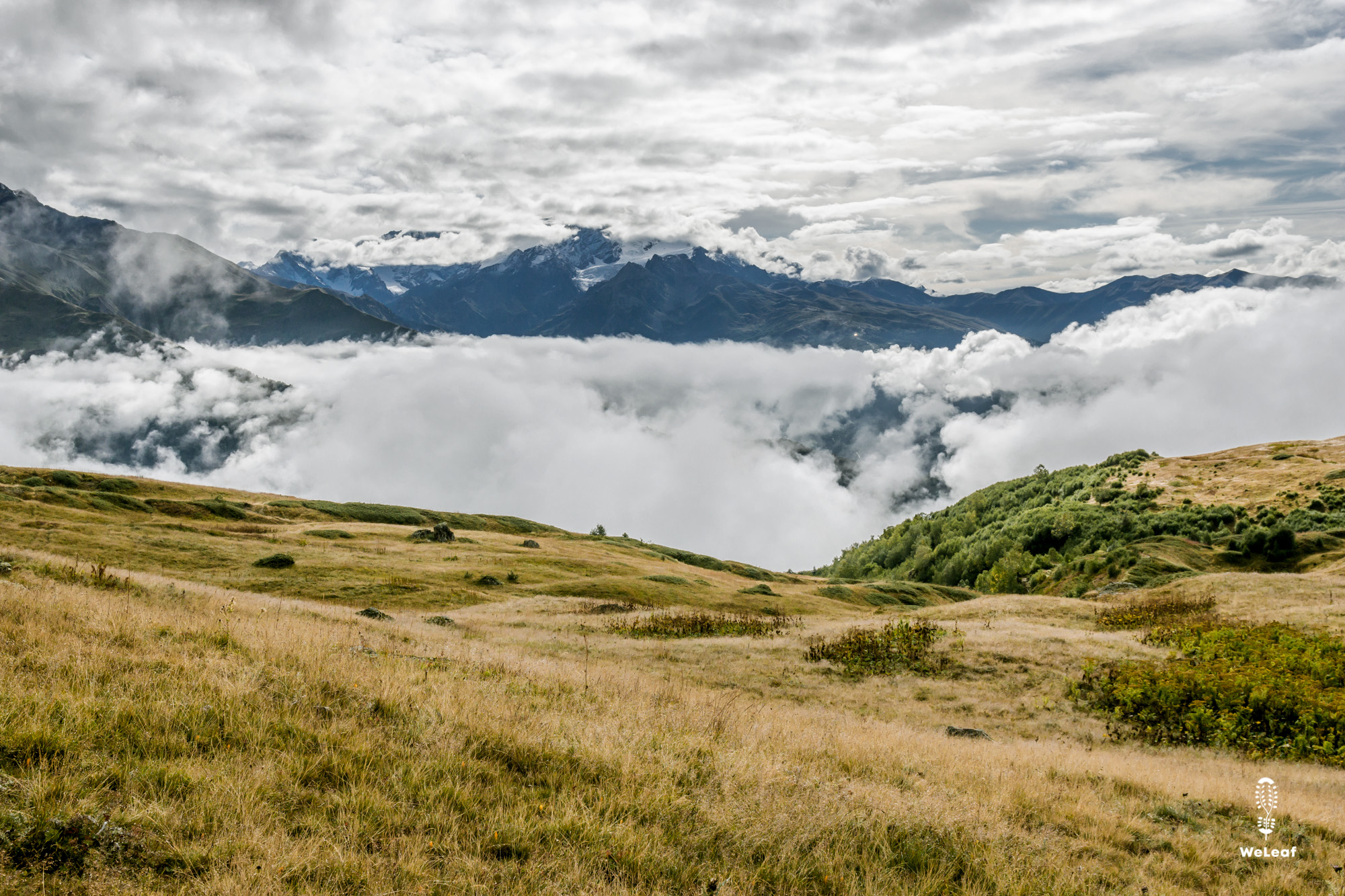
Crazy ride
Two days later, we’re on another minibus, this time to Mestia, the main village in Svaneti. We’re surprised to see the bus filled with tourists. We’ll need to adjust — we prefer to travel locally and avoid tourist crowds. We thought September would be quiet in the mountains, but judging by the crowd, we’re clearly not alone. After so many years of “traveling under our own power,” we’ve forgotten what it’s like to be part of the tourist trail. Suddenly, it doesn’t feel like an adventure anymore. Zoë doesn’t mind as much — she trusts we’ll find our own way, one special enough to escape the crowds.
The road to Mestia is much smaller than the one to Kutaisi. Cows and horses cross randomly, sometimes followed by an old man. Our driver races past at 100 km/h, ignoring the 40 or 60 km/h signs. The cows don’t even flinch. Compared to him, our previous driver was a gentleman.
An hour later, we climb into the mountains. The road winds endlessly. The driver swerves between stones, cows, and oncoming traffic like he’s in a racing game. Meanwhile, he’s scrolling through YouTube to pick Georgian songs or calling someone. The fact that we arrive without hitting a cow or crashing is a small miracle. We’ve made it to Mestia. Olivier’s stomach churns — not from the wild ride, but from the feeling that our vision of “adventurous Georgia” doesn’t quite match the reality of this heavily touristic town. And the mountains? They’re incredibly steep. Can we really trek here with horses?
